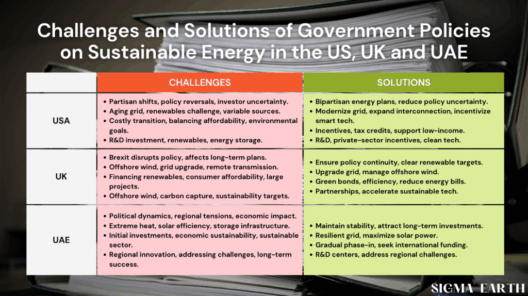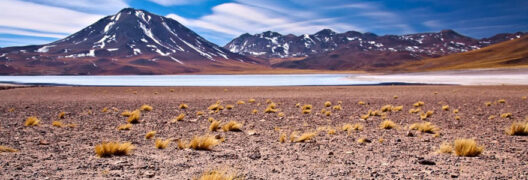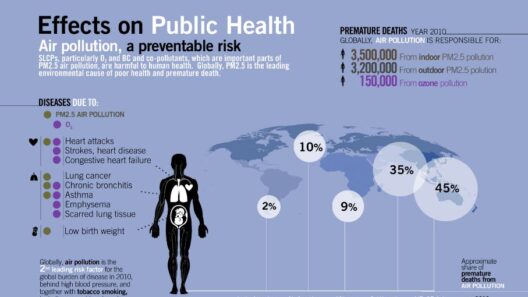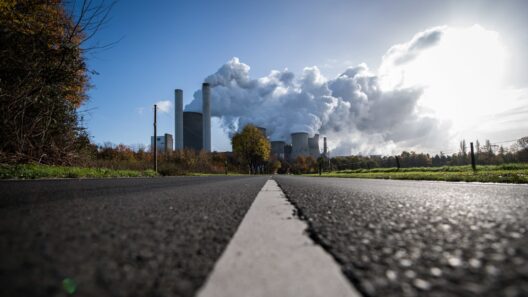When we think about our food supply, do we ever pause to consider its profound implications on our planet’s climate? The reality of modern agricultural practices, particularly intensive farming methods, is that they are closely intertwined with the ongoing climate crisis. This intersection can aptly be captured by the phrase, “Intensive Farming, Intensive Warming: The Cost of Modern Food Production.” The challenge, then, isn’t just to feed the world but to do so sustainably without exacerbating environmental degradation.
Intensive farming, also known as industrial agriculture, primarily aims to maximize yields while minimizing costs. This approach often involves high inputs of fertilizers, pesticides, and water, alongside extensive mechanization. The crux of the issue is that while these methods produce substantial amounts of food, they impose significant burdens on the environment, particularly in terms of greenhouse gas emissions.
Let’s delve into some of the prevailing practices of intensive agriculture. One of the most prominent techniques is monoculture, where a single crop species is cultivated over a wide area. While this practice simplifies the farming process and enhances efficiency, it leads to soil degradation, biodiversity loss, and increases vulnerability to pests and diseases. This overdependence on a limited number of crops can create a fragile agricultural ecosystem that becomes increasingly susceptible to climatic fluctuations.
Moreover, the application of synthetic fertilizers is another hallmark of intensive farming. These fertilizers are synthesized from nitrogen, phosphorus, and potassium, and are designed to enhance plant growth. However, their extensive use can lead to nutrient run-off, which pollutes waterways and contributes to phenomena like algal blooms. As these blooms die off, they decompose, consuming oxygen in the water and creating hypoxic zones—areas where aquatic life struggles to survive. This produces a cascading effect on ecosystems, disrupting food chains and contributing to aquatic biodiversity loss. Therefore, the question arises: how can we reconcile the need for food security with the imperative for ecological health?
Additionally, the livestock sector significantly contributes to greenhouse gas emissions, primarily methane and nitrous oxide, which are far more potent than carbon dioxide. Intensive animal farming often involves confined animal feeding operations (CAFOs), where large numbers of animals are raised in relatively small spaces. The waste generated in these operations leads to not only methane emissions but also severe local pollution, affecting both air and water quality. As the demand for meat continues to grow globally, the environmental footprint of such practices cannot be overlooked.
Then there’s the aspect of land use. Intensive farming often necessitates the conversion of natural habitats into agricultural land. This transformation not only leads to deforestation, soil erosion, and loss of biodiversity but also disrupts carbon sequestration. Forests and wetlands are critical players in mitigating climate change, absorbing carbon dioxide from the atmosphere. When we dismantle these natural resources in pursuit of agricultural expansion, we paradoxically contribute to the very crisis we seek to address.
A potential challenge to this cycle of destruction is the question of technological innovation. Advancements in agricultural technology may provide solutions to mitigate some adverse effects of intensive farming. Precision agriculture, for instance, utilizes satellite imaging, drones, and data analytics to optimize the use of resources. This approach minimizes waste and ensures that farmers can apply fertilizers, water, and other inputs precisely where and when they are needed. Such efficiency could lessen environmental harm and enhance sustainability.
Furthermore, agroecological practices are garnering interest as an alternative to conventional farming methods. These practices integrate traditional knowledge with modern science, focusing on diverse cropping systems, organic fertilizers, and natural pest control to create resilient farms that can withstand climate variability. This approach not only minimizes the ecological footprint of food production but also promotes biodiversity and enhances food sovereignty.
Yet, a transition to more sustainable agricultural practices is not without its impediments. For one, entrenched economic systems and policies often favor large-scale industrial agriculture, making it difficult for smallholder farms to compete. Furthermore, consumer habits influence agricultural practices. As long as there is a propensity for cheap, convenient food, intensive farming will likely continue to thrive at the expense of sustainability, creating a paradox that pits affordability against ecological integrity.
Public awareness and responsibility are vital in confronting this dilemma. Individuals wield significant power through their consumer choices. Opting for locally sourced, seasonal, and sustainably produced foods can lead to a gradual shift in demand away from conventional intensive farming methods. Additionally, supporting policies that incentivize sustainable farming practices over harmful industrial agriculture can catalyze change at a systemic level.
In conclusion, the intricate relationship between intensive farming and climate change is pressing and multifaceted. There exists no one-size-fits-all solution, and society must grapple with complex ethical, economic, and environmental considerations. As the world seeks to address food security and environmental sustainability, it is imperative to rethink our agricultural systems. Perhaps the more salient question is: what kind of food system do we wish to cultivate for future generations? The choice ultimately lies in recognizing the symbiosis between a healthy planet and a secure food supply.







